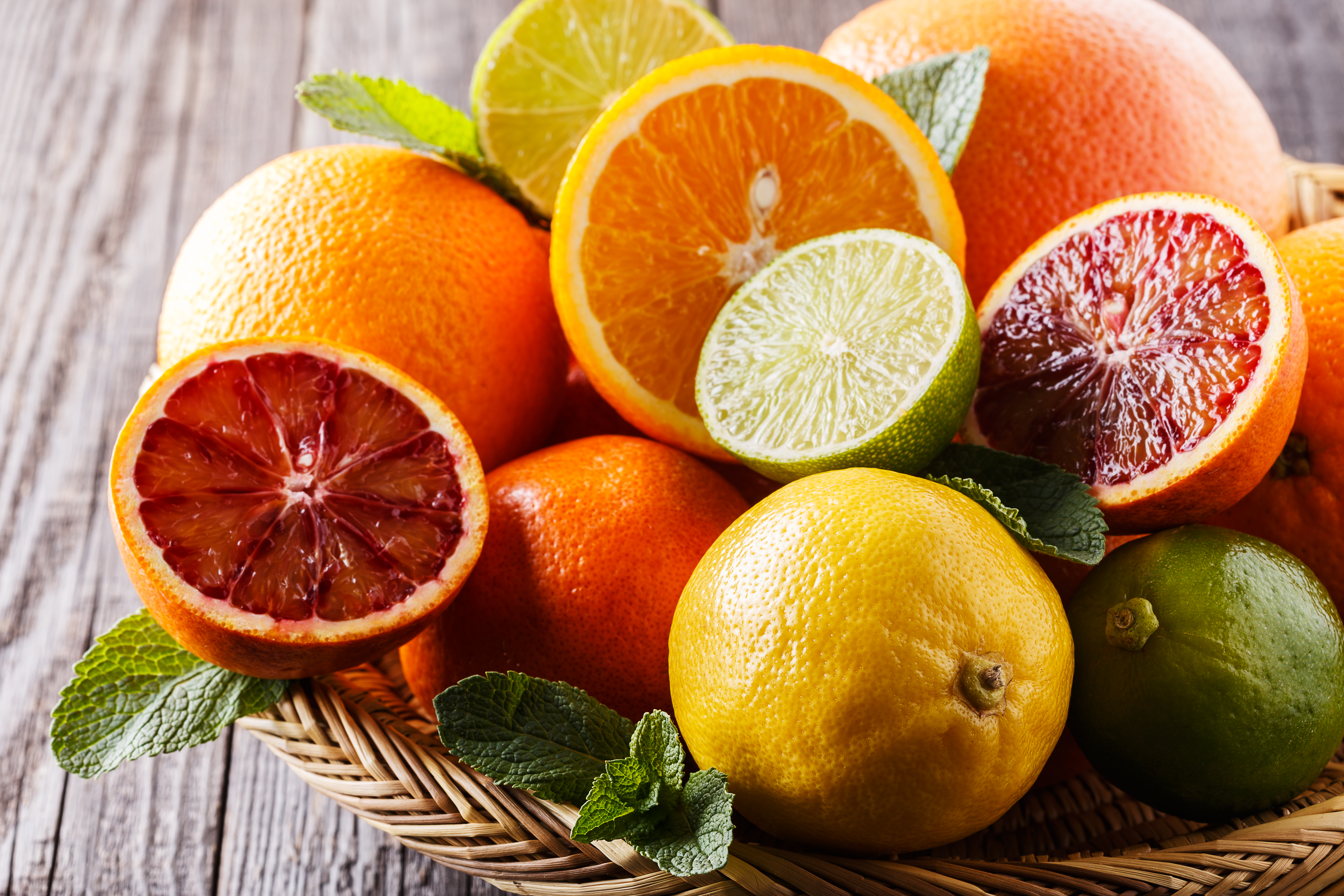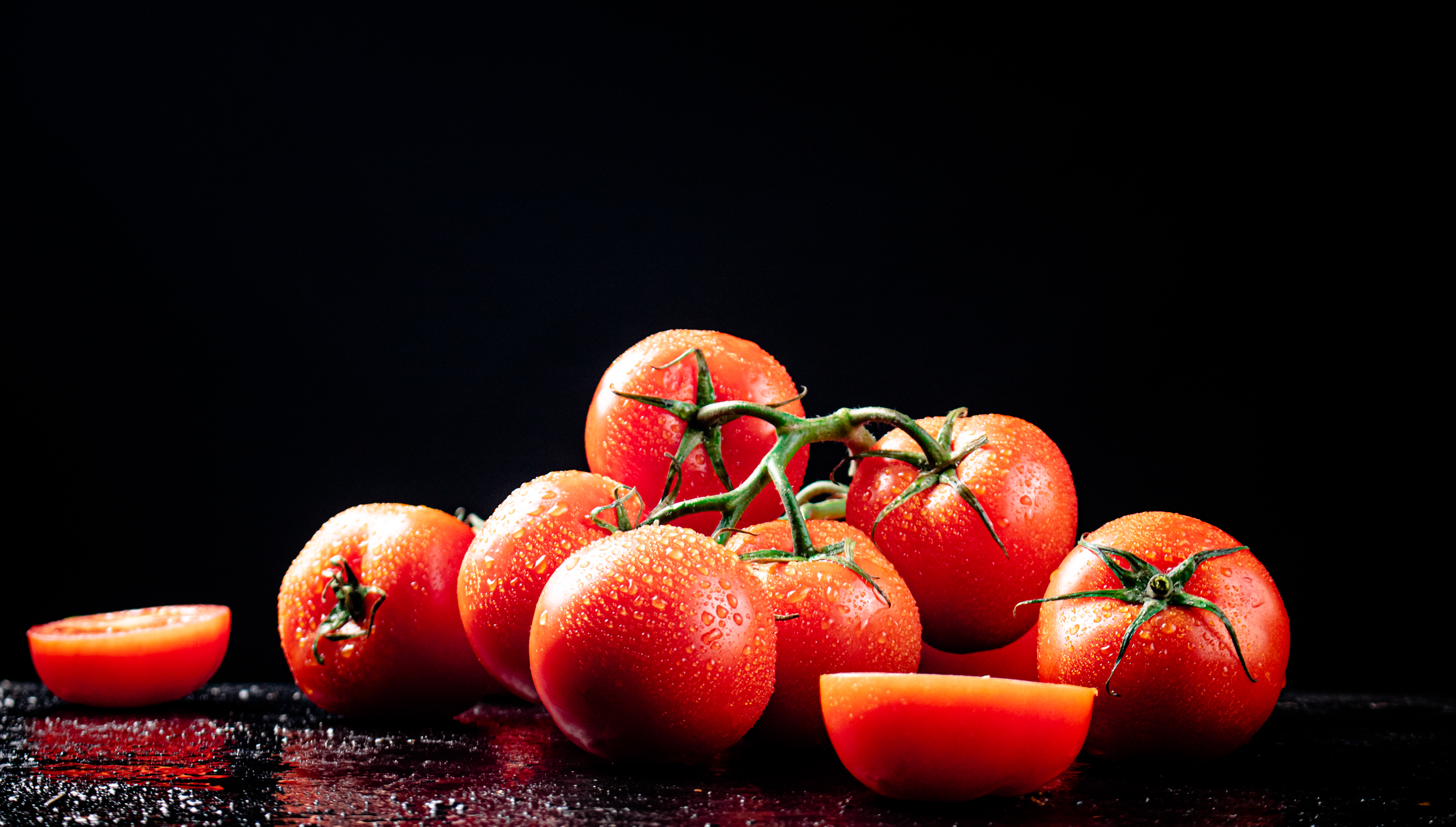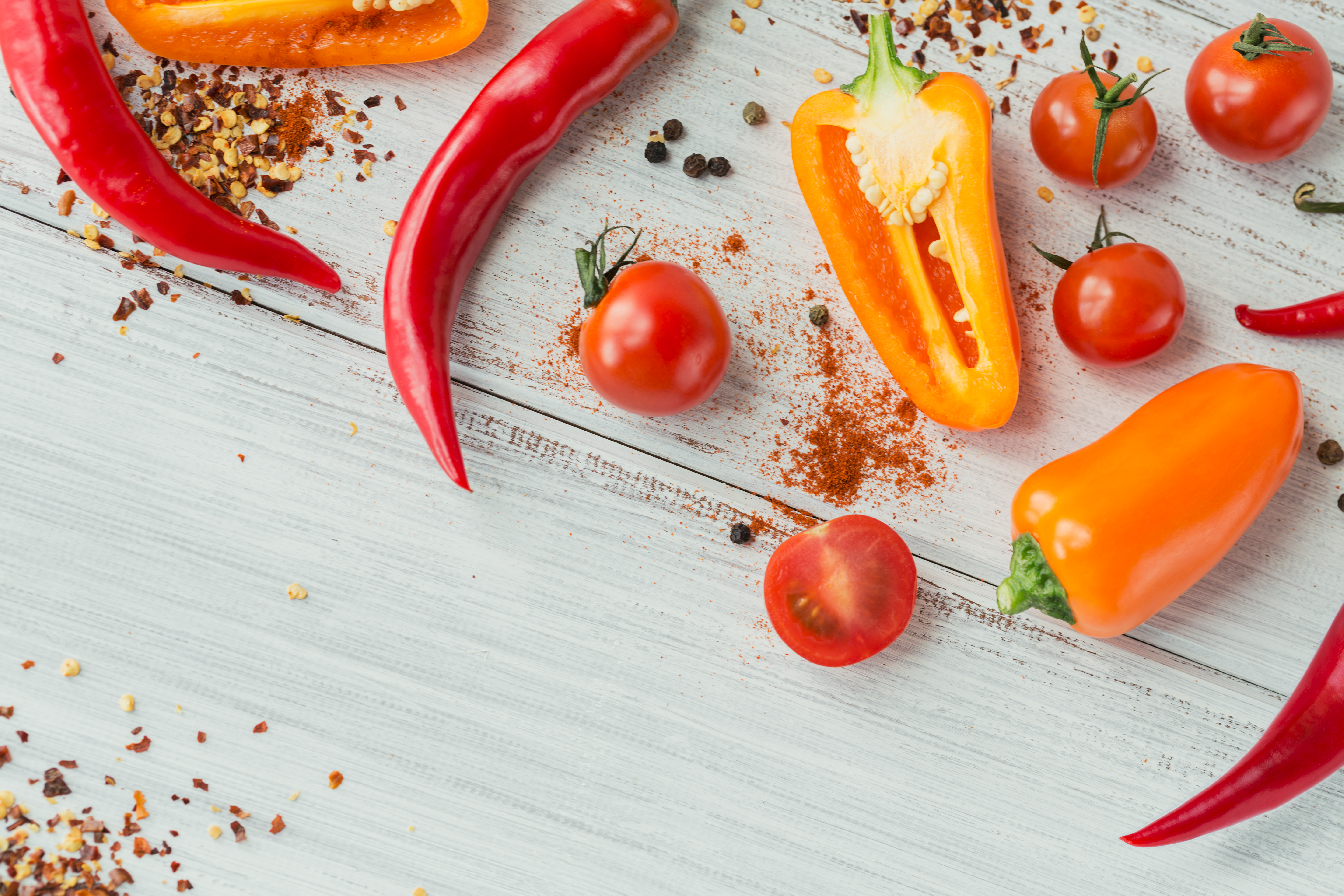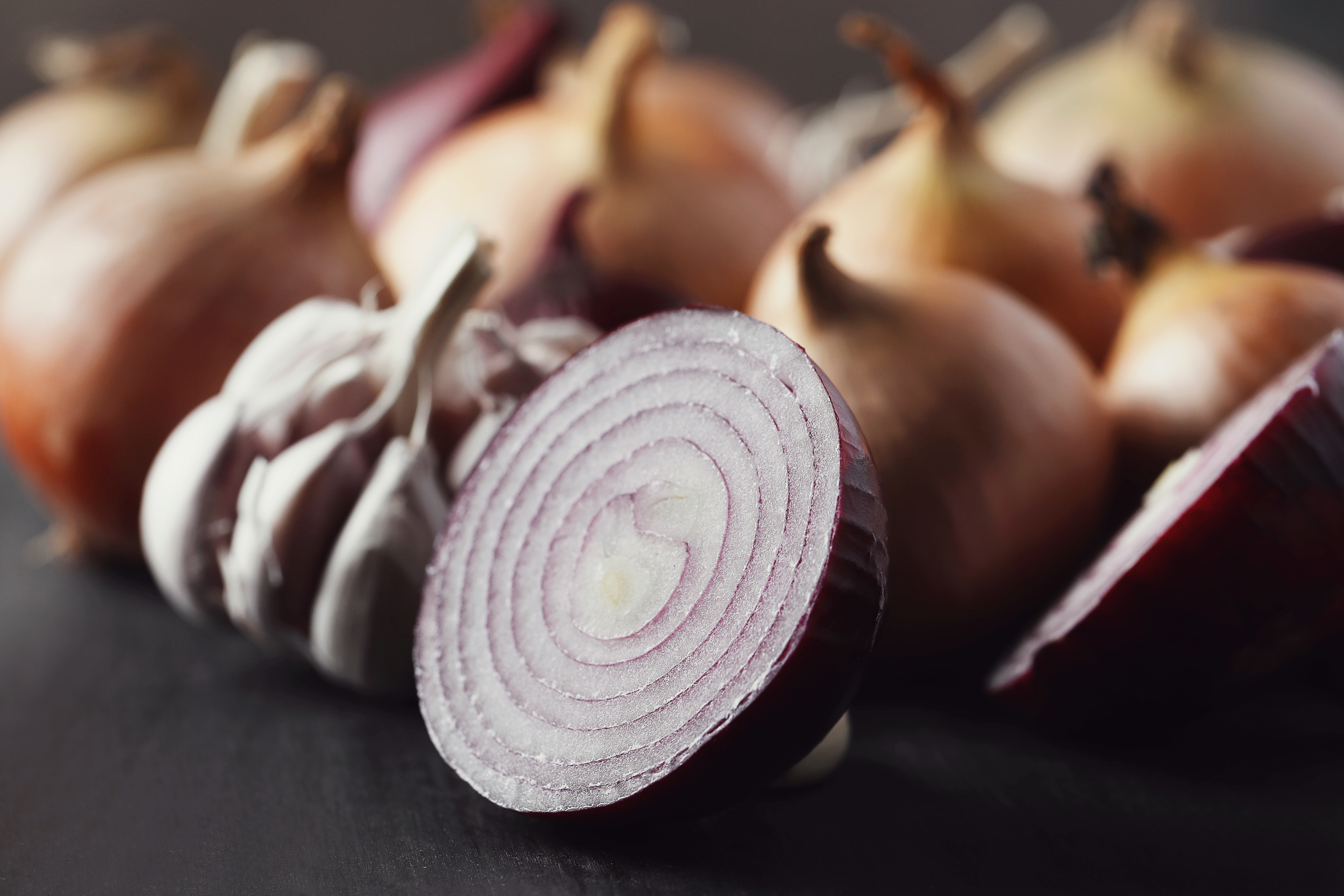10 Common Foods That Could Be Worsening Your Acid Reflux
Acid reflux, a common digestive disorder, affects millions worldwide, causing discomfort and disrupting daily life. Characterized by a burning sensation in the chest, often referred to as heartburn, this condition occurs when stomach acid flows back into the esophagus. While occasional acid reflux is normal, chronic occurrences, known as gastroesophageal reflux disease (GERD), require attention. The link between diet and acid reflux is well-documented, with certain foods exacerbating symptoms. This article explores 10 foods commonly associated with acid reflux, offering insights into how they affect digestion and suggesting alternatives or modifications. By making informed choices, individuals can alleviate symptoms, promote digestive health, and enjoy a more comfortable life. Let's embark on this journey to better understand the relationship between diet and acid reflux.
1. Citrus Fruits: Balancing Acidity and Nutritional Benefits

Citrus fruits, known for their vibrant flavors and high vitamin C content, are a staple in many diets. However, their high acidity can trigger acid reflux symptoms in susceptible individuals. Oranges, grapefruits, lemons, and limes, while nutritious, can irritate the esophagus, leading to discomfort. The acidic nature of these fruits can lower the pH level in the stomach, prompting acid reflux episodes. Despite their potential to aggravate symptoms, citrus fruits offer numerous health benefits, including immune support and antioxidant properties. The challenge lies in balancing their consumption to harness their benefits without exacerbating acid reflux.
To mitigate the impact of citrus fruits on acid reflux, consider moderation and timing. Consuming these fruits in smaller quantities and not on an empty stomach can help reduce symptoms. Additionally, opting for less acidic alternatives like melons and bananas can provide similar nutritional benefits without the risk of triggering reflux. Experimenting with different varieties of citrus fruits may also be beneficial, as some individuals may tolerate certain types better than others. By understanding personal tolerance levels and making mindful choices, individuals can enjoy the health benefits of citrus fruits while minimizing their impact on acid reflux.
2. Tomatoes: Navigating the Acidic Terrain

Tomatoes, a versatile and beloved ingredient in many cuisines, are another food that can exacerbate acid reflux symptoms. Their natural acidity, combined with the presence of citric and malic acids, can irritate the esophagus and trigger heartburn. From fresh tomatoes to sauces and juices, this fruit is a common component in various dishes, making it a frequent contributor to acid reflux episodes. Despite their acidity, tomatoes are rich in vitamins A and C, potassium, and lycopene, an antioxidant linked to numerous health benefits. The challenge is to enjoy tomatoes without compromising digestive comfort.
One approach to managing tomato-induced acid reflux is to limit their consumption, particularly in raw or concentrated forms. Cooking tomatoes can reduce their acidity, making them more tolerable for those with sensitive digestive systems. Alternatively, individuals can explore low-acid tomato varieties or substitute tomatoes with other ingredients like roasted red peppers in recipes. It's also beneficial to pair tomatoes with alkaline foods, such as leafy greens or whole grains, to balance the meal's overall acidity. By making strategic choices, individuals can savor the taste and nutritional benefits of tomatoes while minimizing their impact on acid reflux.
3. Chocolate: Sweet Indulgence with a Bitter Aftertaste

Chocolate, a universally cherished treat, is often associated with indulgence and comfort. However, for those prone to acid reflux, chocolate can be a double-edged sword. It contains caffeine and theobromine, both of which can relax the lower esophageal sphincter, allowing stomach acid to escape into the esophagus. Additionally, chocolate's high fat content can slow digestion, increasing the risk of acid reflux. Despite these drawbacks, chocolate offers mood-enhancing properties and contains flavonoids, which have antioxidant effects. The key is finding a balance between enjoying chocolate and managing acid reflux symptoms.
To reduce chocolate's impact on acid reflux, consider opting for dark chocolate with a higher cocoa content and lower sugar levels. Dark chocolate is often less fatty and contains more antioxidants than milk chocolate, making it a potentially better choice for those with acid reflux. Moderation is crucial, as consuming small amounts can help prevent symptoms. Pairing chocolate with alkaline foods, such as nuts or fruits, can also help neutralize its acidity. By approaching chocolate consumption mindfully, individuals can indulge in this sweet treat while minimizing its bitter aftertaste on digestive health.
4. Spicy Foods: Managing Heat Without the Burn

Spicy foods, known for their bold flavors and ability to elevate dishes, are a common trigger for acid reflux. Ingredients like chili peppers, hot sauces, and spices such as cayenne and black pepper can irritate the esophagus and exacerbate heartburn. The capsaicin in chili peppers, responsible for their heat, can slow digestion and relax the lower esophageal sphincter, increasing the likelihood of acid reflux. Despite these effects, spicy foods offer potential health benefits, including metabolism boosting and anti-inflammatory properties. The challenge is to enjoy the heat without the burn of acid reflux.
For those who love spicy foods but suffer from acid reflux, moderation and experimentation are key. Gradually reducing the spice level in dishes can help the digestive system adjust and minimize symptoms. Using milder spices like ginger, turmeric, or cumin can add flavor without triggering reflux. Additionally, incorporating cooling ingredients like yogurt or coconut milk can balance the heat and soothe the digestive tract. By making thoughtful adjustments to spice levels and ingredients, individuals can continue to enjoy the flavors of spicy foods while protecting their digestive health.
5. Garlic and Onions: Flavorful Culprits in Disguise

Garlic and onions, staples in many culinary traditions, are renowned for their ability to enhance flavors. However, they are also notorious for triggering acid reflux in some individuals. Their high sulfur content can relax the lower esophageal sphincter, allowing stomach acid to flow back into the esophagus. Additionally, these ingredients can cause bloating and gas, further aggravating digestive discomfort. Despite these challenges, garlic and onions offer numerous health benefits, including antibacterial properties and potential cardiovascular support. The task is to enjoy their flavor without compromising digestive comfort.
To reduce the impact of garlic and onions on acid reflux, consider cooking them thoroughly, as this can reduce their potency and make them easier to digest. Using smaller quantities or opting for alternatives like shallots or chives can also help. Additionally, some individuals find that incorporating garlic and onions into dishes with alkaline foods, such as leafy greens or whole grains, can mitigate their effects. By experimenting with preparation methods and complementary ingredients, individuals can savor the flavor of garlic and onions while minimizing their impact on acid reflux.
6. Peppermint: A Double-Edged Sword for Digestion

Peppermint, often associated with soothing digestive discomfort, can paradoxically trigger acid reflux in some individuals. While peppermint is known for its ability to relax the gastrointestinal muscles and alleviate symptoms like bloating and gas, it can also relax the lower esophageal sphincter, allowing stomach acid to escape into the esophagus. This dual effect makes peppermint a double-edged sword for those with acid reflux. Despite this, peppermint offers potential benefits, including its calming effects and ability to freshen breath. The challenge is to harness its benefits without exacerbating acid reflux symptoms.
For those who find peppermint triggers acid reflux, alternative strategies can help. Avoiding peppermint-flavored foods and beverages, such as teas and candies, can reduce symptoms. Instead, consider using ginger or chamomile, which can offer similar digestive benefits without the risk of reflux. Additionally, some individuals find that using peppermint oil in aromatherapy, rather than ingesting it, can provide relaxation without affecting digestion. By understanding personal triggers and exploring alternative remedies, individuals can enjoy the soothing effects of peppermint while minimizing its impact on acid reflux.
7. Alcohol: Moderation and Mindful Choices

Alcohol, a common social lubricant, is often linked to acid reflux. It can relax the lower esophageal sphincter, increase stomach acid production, and irritate the esophagus, all of which contribute to reflux symptoms. Additionally, alcoholic beverages like wine and beer are acidic, further exacerbating the condition. Despite these drawbacks, moderate alcohol consumption is associated with certain health benefits, including cardiovascular support. The key is to enjoy alcohol responsibly and make mindful choices to reduce its impact on acid reflux.
For those who experience acid reflux, moderation is crucial when consuming alcohol. Limiting intake and choosing less acidic beverages, such as clear spirits mixed with water or soda, can help minimize symptoms. It's also beneficial to avoid drinking on an empty stomach and to pair alcohol with alkaline foods, like vegetables or whole grains, to balance acidity. Additionally, staying hydrated and pacing consumption can reduce the likelihood of reflux. By making informed choices and practicing moderation, individuals can enjoy alcohol while safeguarding their digestive health.
8. Fried and Fatty Foods: Navigating the Grease Trap

Fried and fatty foods, often associated with indulgence and comfort, are common triggers for acid reflux. Their high fat content can slow digestion and relax the lower esophageal sphincter, increasing the risk of reflux. Foods like french fries, fried chicken, and fatty cuts of meat can exacerbate symptoms and lead to discomfort. Despite their potential to trigger acid reflux, these foods are often staples in many diets. The challenge is to navigate the grease trap without compromising digestive health.
To reduce the impact of fried and fatty foods on acid reflux, consider healthier cooking methods, such as baking, grilling, or steaming, which can reduce fat content while preserving flavor. Opting for leaner cuts of meat and incorporating more plant-based proteins, like beans and lentils, can also help. Additionally, pairing these foods with fiber-rich ingredients, such as vegetables or whole grains, can aid digestion and mitigate symptoms. By making thoughtful choices and exploring alternative cooking methods, individuals can enjoy the flavors of fried and fatty foods while minimizing their impact on acid reflux.
9. Carbonated Beverages: Bubbling Up Trouble

Carbonated beverages, including sodas and sparkling waters, are popular refreshments but can contribute to acid reflux. The carbonation in these drinks can increase pressure in the stomach, leading to the backflow of acid into the esophagus. Additionally, many carbonated beverages contain caffeine and sugar, both of which can exacerbate reflux symptoms. Despite their potential to cause discomfort, these drinks are often enjoyed for their effervescence and flavor. The challenge is to enjoy carbonated beverages without compromising digestive health.
For those who experience acid reflux, reducing or eliminating carbonated beverages from the diet can help alleviate symptoms. Opting for still water or herbal teas can provide hydration without the risk of reflux. If carbonation is desired, choosing drinks with lower sugar and caffeine content, or consuming them in moderation, can reduce their impact. Additionally, drinking slowly and avoiding carbonated beverages on an empty stomach can help minimize symptoms. By making mindful choices and exploring alternative beverages, individuals can enjoy refreshing drinks while safeguarding their digestive health.
10. Coffee: Balancing Stimulation and Sensitivity

Coffee, a beloved morning ritual for many, is often linked to acid reflux. Its caffeine content can relax the lower esophageal sphincter and increase stomach acid production, leading to reflux symptoms. Additionally, coffee's acidity can irritate the esophagus, exacerbating discomfort. Despite these challenges, coffee offers potential benefits, including improved alertness and antioxidant properties. The key is to balance the stimulation coffee provides with sensitivity to its effects on acid reflux.
For those who experience acid reflux, moderation and mindful choices can help manage coffee consumption. Opting for low-acid coffee blends or cold brew, which is less acidic than traditional hot coffee, can reduce symptoms. Limiting intake and avoiding coffee on an empty stomach can also help. Additionally, exploring caffeine-free alternatives, such as herbal teas or chicory root coffee, can provide similar flavors without triggering reflux. By understanding personal tolerance levels and making informed choices, individuals can enjoy the benefits of coffee while minimizing its impact on acid reflux.
Crafting a Digestive-Friendly Diet

Navigating the complexities of acid reflux and its dietary triggers requires a thoughtful and personalized approach. By understanding the foods that can exacerbate symptoms, individuals can make informed choices to manage their condition effectively. The 10 foods discussed in this article, while common triggers, can be enjoyed in moderation and with mindful adjustments. By exploring alternative ingredients, cooking methods, and timing, individuals can craft a diet that supports digestive health without sacrificing flavor and enjoyment. Ultimately, the journey to better digestive health involves a balance between indulgence and mindfulness. By rethinking dietary choices and understanding personal triggers, individuals can alleviate acid reflux symptoms and improve their quality of life. This article serves as a guide to navigating the dietary landscape of acid reflux, offering insights and strategies for crafting a digestive-friendly diet. As individuals embark on this journey, they can enjoy the foods they love while prioritizing their health and well-being.